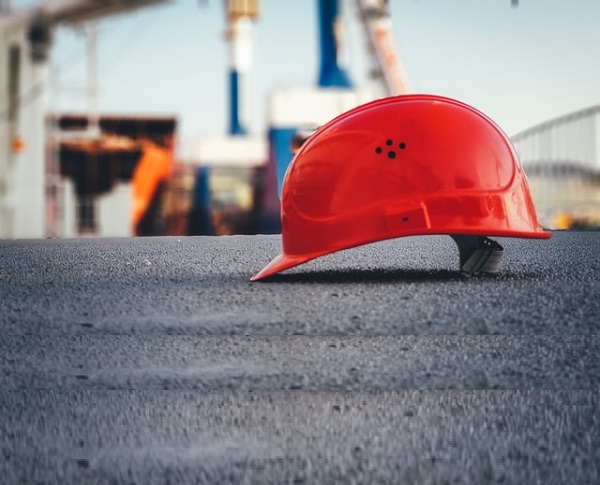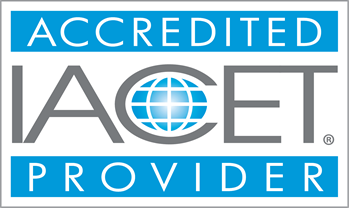Free Course
30-Hour OSHA Construction Safety and Health
Join our OSHA 30-hour training and gain comprehensive, practical knowledge of workplace safety regulations. This in-depth OSHA training course equips you with the tools to enhance employee well-being, meet OSHA compliance training standards, and avoid the financial and legal consequences of non-compliance.
Course Modules - (27)
What You’ll Learn In 30-Hour OSHA Construction Safety And Health
Identify and Address Common Construction risks: Be mindful of potential falls, electrical risks, and falling items. To protect yourself and your staff, get knowledgeable about safety precautions and control techniques.
Transparency in Compliance: Clarify the Construction Standards (29 CFR 1926) set out by OSHA. Recognize your rights and obligations with relation to workplace safety.
Create a Safety Culture: Develop your ability to recognize and report dangerous situations, take part in safety discussions, and support a culture of safety.
Boost Your Professional Development: This OSHA-approved course gives you the essential knowledge that companies in the construction industry are looking for.
Construction workers, supervisors, and everyone else looking to get a deeper grasp of OSHA laws in the construction industry should take this 30-Hour OSHA Safety and Health course.
Learning Outcomes:
Upon successful completion, you will be able to:
- Describe the OSHA outreach training program.
- Discuss recommended practices for safety and health programs in construction.
- Recognize the top four construction hazards.
- Explain methods for preventing falls.
- Describe fall protection for use in residential construction.
- Describe fall hazards.
- Discuss electrocution hazards.
- Explain how to work safely with electricity.
- Describe caught-in or between hazards.
- Recognize struck-by hazards.
- Identify proper personal protective equipment use.
- Discuss occupational noise exposure.
- Discuss the hazard communication standard.
- Recognize hazardous materials.
- Other topics as required
Completion Requirements:
- 100% appearance for the course
- Fully involvement in all class trainings (determined by instructor)
- Completion of Continuing Education and Training Registration Form
- Completion of mandatory quiz assessments
- As applicable, attainment of least passing score on required end-of-course examination
- Participation and submittal of end-of-course assessment form (must provide name on form to obtain credit)
Students may request IACET CEU credit upon successful completion of the course, provided all required criteria are met. This option is available for those who wish to receive official recognition of their continuing education.
Online OSHA classes tend to be more cost-effective than in-person courses. You can save on travel expenses, lodging, and other associated costs, making online training a more budget-friendly option. Additionally, online courses can often be completed more quickly than their in-person counterparts, as you can work through the material at your own pace and without the constraints of a fixed class schedule.


